Disclosure: This article contains affiliate links. We may earn a commission from purchases at no extra cost to you, which helps our travel content.
The early morning mist hovers over Kaptai Lake like ancient spirits guarding their domain. As I push my kayak from shore, the water ripples in concentric patterns, disturbing the mirror-like surface that perfectly reflects the emerald hills surrounding Rangamati. ¡Qué maravilla! After decades of exploring waterways from the Amazon to the Colorado River, I've found something truly special in this remote corner of Bangladesh – a paddler's paradise virtually untouched by Western tourism, where indigenous traditions and natural wonders converge in perfect harmony.
Navigating Rangamati's Liquid Labyrinth
Rangamati sits cradled within the Chittagong Hill Tracts, a region where water defines both geography and culture. The creation of Kaptai Lake in the 1960s transformed this landscape into an intricate network of channels, submerged forests, and island villages that can only truly be experienced by paddle.
During my first expedition here last fall, I quickly learned that conventional maps barely scratch the surface of Rangamati's waterways. Local knowledge is invaluable. I spent three days with Marma guides who revealed hidden passages between islands that Google Maps doesn't acknowledge. These narrow channels, often just wide enough for a single kayak, connect to secluded bays where indigenous families maintain floating gardens – a sustainable agricultural practice dating back generations.
For navigation, I relied heavily on my waterproof map case which kept my hastily drawn maps and notes protected despite multiple capsizes (yes, even experienced paddlers flip occasionally!). The region's microclimates create sudden wind patterns that can transform calm waters into challenging conditions within minutes.
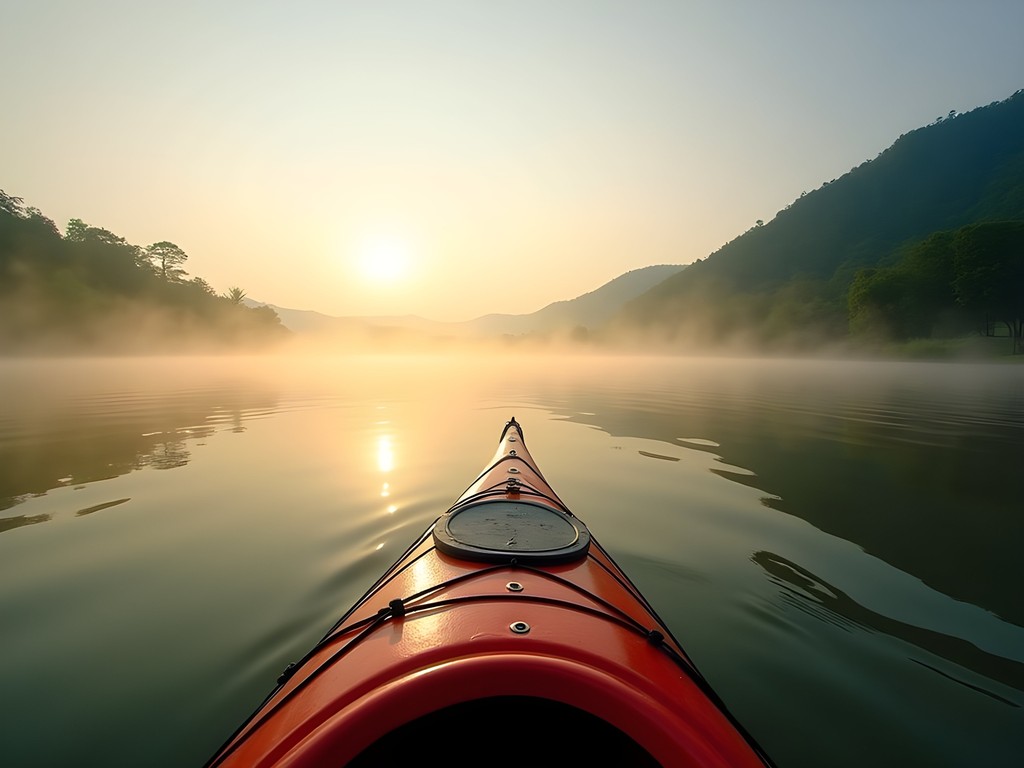
💡 Pro Tips
- Hire a local Chakma or Marma guide for at least your first day – their knowledge of hidden channels is unmatched
- Start paddling early (6-7am) when the lake is calmest and wildlife most active
- Pack everything in waterproof bags – unexpected afternoon showers are common even in the dry season
The Cultural Tapestry Along the Shores
What distinguishes Rangamati from other paddling destinations is the rich cultural mosaic that unfolds along its shores. The Chakma, Marma, and Tripura communities have adapted their traditional lifestyles to this aquatic environment in fascinating ways. During my three-day journey, I witnessed bamboo stilt houses perched precariously over the water, floating markets where goods are exchanged entirely by boat, and ancient fishing techniques that have remained unchanged for centuries.
One afternoon, I was invited to a Marma village accessible only by water, where elders shared stories of life before the lake existed. They spoke of valleys and villages now submerged beneath the waters we had paddled over that morning – an archaeological treasure trove I could only imagine from their descriptions. The displacement caused by the lake's creation remains a sensitive topic, yet these communities have demonstrated remarkable resilience.
Communication can be challenging, so I found my pocket translator device invaluable for conversations beyond basic phrases. While many younger residents speak some English, the ability to translate Bengali and indigenous languages fostered deeper connections and understanding.
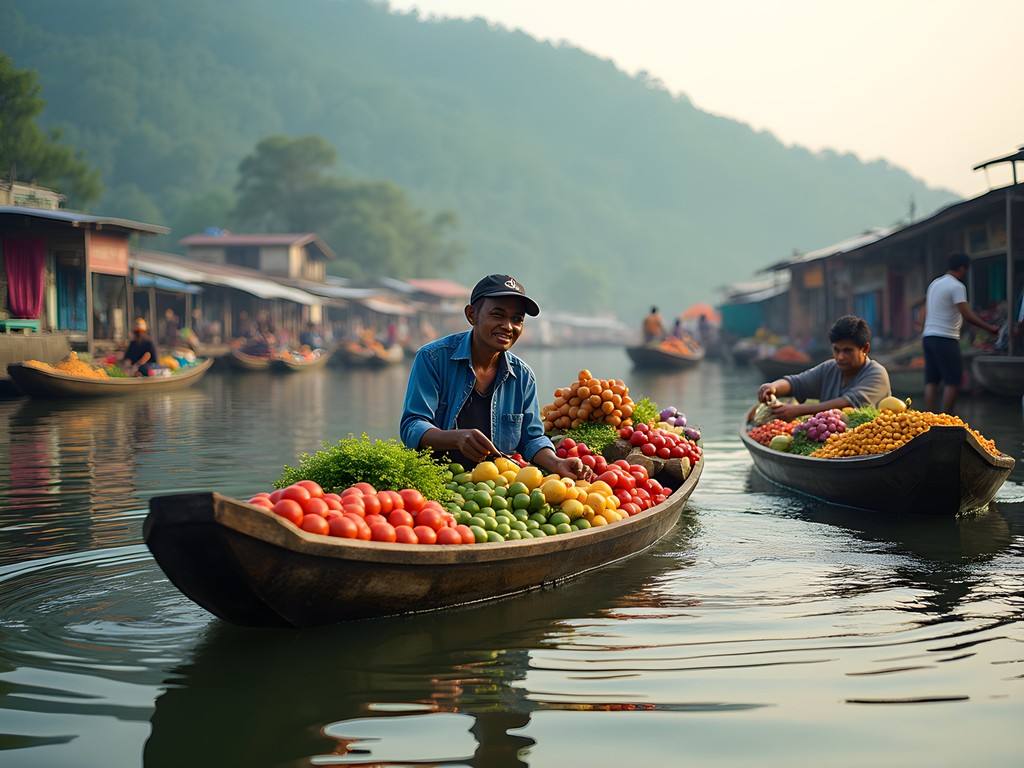
💡 Pro Tips
- Learn basic greetings in Bengali and Chakma before arriving
- Always ask permission before photographing people or their homes
- Bring small gifts like school supplies for children if visiting remote villages
Survival Skills for Rangamati's Changing Waters
My experience in the Peruvian mountains taught me that preparation is everything, especially in remote locations. Rangamati presents unique challenges for paddlers – sudden weather shifts, limited communication networks, and significant distances between settlements require a thoughtful approach to safety.
The lake's vastness can be deceptive. What appears as a short crossing on a map might expose you to strong winds and choppy waters. I learned to hug the shorelines whenever possible, even if it meant adding distance to my journey. The satellite messenger became my non-negotiable safety companion, allowing me to send location updates and emergency messages despite the complete absence of cell service in many areas.
Water management is another critical consideration. Despite being surrounded by water, finding safe drinking sources can be challenging. I relied on my water filtration system to purify lake water for drinking. The system's compact size made it ideal for kayak travel, easily fitting into my deck bag alongside other essentials.
During my second day, an unexpected electrical storm forced me to implement rapid shelter protocols. I had practiced beach landing in adverse conditions, which proved invaluable when racing against approaching lightning. Remember: no hay mal tiempo, solo mal equipamiento – there's no bad weather, only bad equipment.
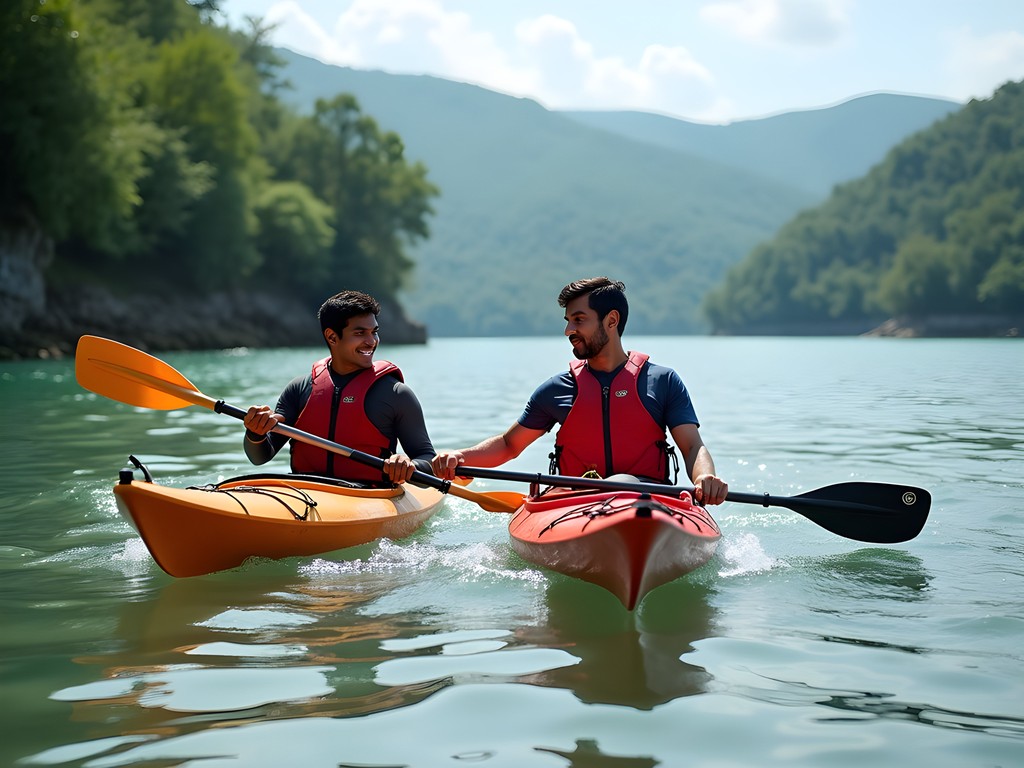
💡 Pro Tips
- Pack a comprehensive first aid kit with extra blister treatment and rehydration salts
- Inform your accommodation of your planned route and expected return time each day
- Practice self-rescue techniques before your trip – being able to re-enter your kayak after capsizing is essential
Hidden Archaeological Treasures
My archaeological background drew me to Rangamati's submerged history – a fascinating dimension often overlooked by casual visitors. Before the creation of Kaptai Lake in the 1960s, these valleys contained ancient settlements, temples, and trading routes. Now, during periods of extreme drought when water levels drop significantly, remnants of this history occasionally emerge.
During my expedition, I connected with local fishermen who shared knowledge passed through generations about underwater landmarks. Using their guidance and my underwater viewing scope, I was able to glimpse submerged structures near what was once the ancient trade center of old Rangamati town.
The most remarkable moment came when my guide Thoai pointed out barely visible stone steps descending into the water – the entrance to a temple now claimed by the lake. In the clear morning light, paddling above these ruins created a profound connection to the region's complex history. For archaeologists and history enthusiasts, Rangamati represents a unique opportunity to witness a landscape in transition, where human history and natural forces continue their ancient dialogue.
Be mindful that removing artifacts is strictly prohibited and disrespectful to local communities who consider these submerged sites sacred. Instead, document your observations and share them respectfully with local heritage authorities who are working to map these underwater treasures.
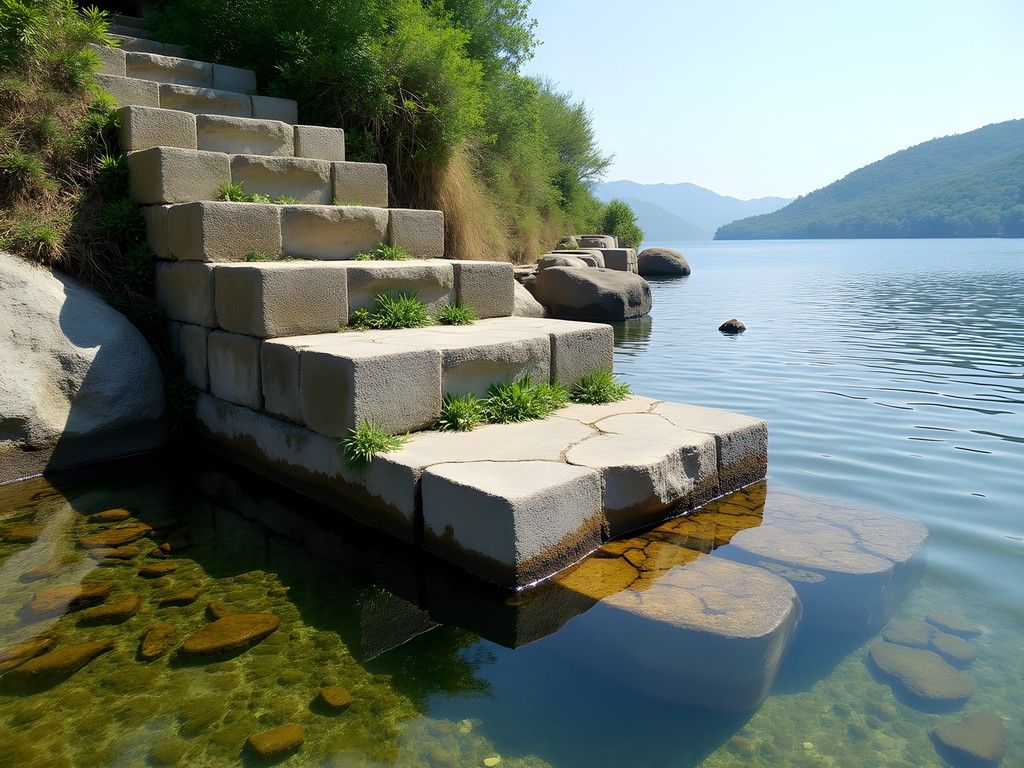
💡 Pro Tips
- Visit the Tribal Cultural Institute in Rangamati town before paddling to understand the pre-lake history
- Use polarized sunglasses to improve visibility when looking for underwater structures
- Respect indigenous beliefs about submerged sites – some are considered spiritually significant
Practical Planning: Logistics and Gear
Organizing a kayaking expedition in Rangamati requires careful planning but rewards you with authentic experiences far from typical tourist routes. I based myself at the modest but clean Parjatan Motel, which offers direct lake access and secure overnight kayak storage. From there, I arranged daily paddling routes of increasing distance as I became familiar with the waterways.
Renting quality kayaks locally can be challenging. While basic boats are available near Parjatan, I recommend serious paddlers bring their own inflatable kayak if possible. My inflatable touring kayak provided the perfect balance of performance and practicality, packing down small enough for international travel yet handling Kaptai's waters confidently.
Protection from the elements is essential. The quick-dry paddling hat became my constant companion, offering crucial sun protection during long days on reflective water. Its neck cape and ventilation system proved perfect for Rangamati's humid climate.
For overnight trips, securing waterproof storage is non-negotiable. My dry bag backpack protected camera equipment and emergency supplies through rain showers and the occasional splash. Remember that electronics fail in these humid conditions – carry physical maps and a compass as backup navigation tools.
Permits are required for foreign visitors to the Chittagong Hill Tracts. Arrange these through a Bangladeshi tour operator at least 15 days before arrival. The process seems bureaucratic but is actually straightforward with proper planning.

💡 Pro Tips
- Book accommodations with secure kayak storage facilities
- Pack lightweight, quick-drying clothing that offers sun protection
- Arrange permits well in advance through a registered Bangladeshi tour operator
Final Thoughts
As my paddle sliced through the water on my final morning in Rangamati, breaking the perfect reflection of hills shrouded in mist, I felt that rare sensation that keeps adventure travelers searching – genuine discovery. In our increasingly documented world, Rangamati's waterways offer something precious: the opportunity to chart your own course through landscapes where tourism infrastructure hasn't yet homogenized the experience.
This isn't a destination for those seeking luxury or convenience. It demands respect for local customs, adaptability to changing conditions, and comfort with basic amenities. But for paddlers willing to embrace these challenges, Rangamati offers rich rewards – cultural exchanges that feel authentic, landscapes that remain largely undocumented, and the profound silence of gliding through morning mist with only the sound of your paddle breaking the water's surface.
As we navigate our increasingly connected world, places like Rangamati remind us that true adventure still exists for those willing to venture beyond the algorithm-approved destinations. La vida es un viaje, no un destino – life is a journey, not a destination. May your paddles take you to waters less traveled.
✨ Key Takeaways
- Rangamati offers world-class kayaking opportunities virtually unknown to Western travelers
- Local guides are essential for discovering hidden channels and cultural context
- Proper safety equipment and preparation are non-negotiable in this remote region
- The submerged archaeological sites add a unique dimension to the paddling experience
- Respecting indigenous communities and their connection to the land/water is paramount
📋 Practical Information
Best Time to Visit
October to December (fall)
Budget Estimate
$30-50/day excluding equipment
Recommended Duration
3-5 days
Difficulty Level
Intermediate
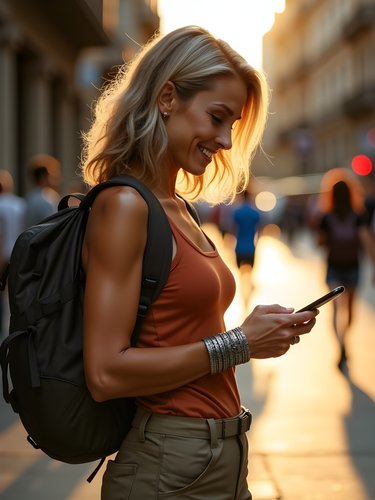
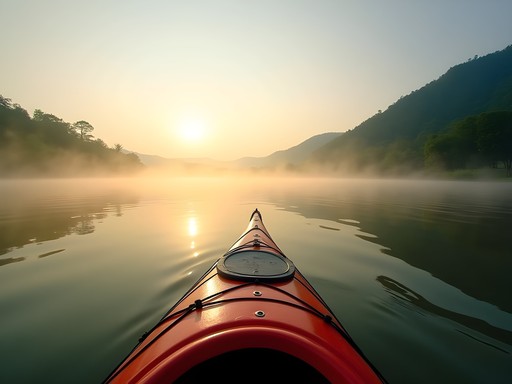

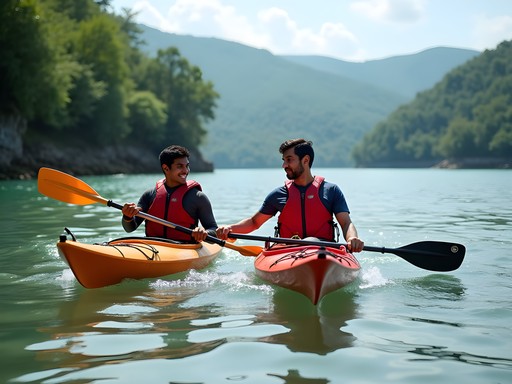
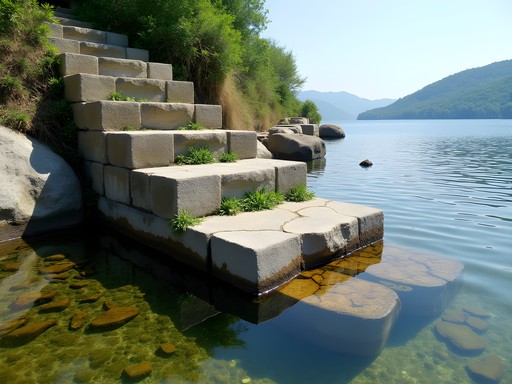
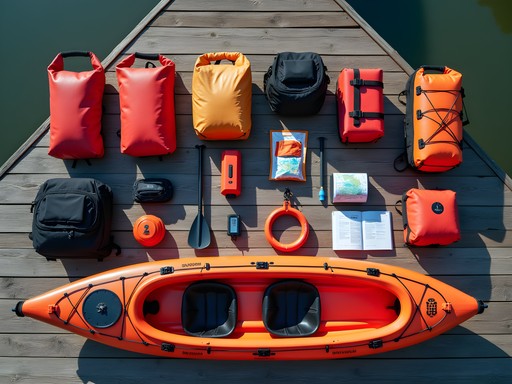







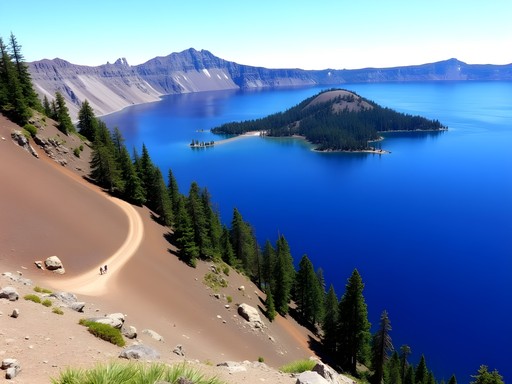


Comments
backpack_brothers
How safe is it there now? I've heard mixed things about the CHT region.
Rachel Hayes
It's relatively stable now, but you should always check current travel advisories before going. I registered with my embassy and stayed informed about local conditions. The main tourist areas around Kaptai Lake are generally fine, but always good to be cautious in more remote areas.
wanderlustbackpacker117
I felt completely safe during my trip last year. Just respect local customs and be aware of your surroundings like anywhere else.
nomadwalker
Those sunrise photos are absolutely stunning! The colors reflecting off the water look unreal. Adding this to my bucket list immediately!
Frank Garcia
Rachel, your post captures the essence of Rangamati beautifully. I spent three weeks kayaking there last year as part of my Bangladesh backpacking trip. The archaeological section of your guide is particularly valuable - those Buddhist temple ruins on the northern peninsula are criminally underrated. I'd add that hiring a local Marma guide enhanced my experience tenfold; they know hidden waterways that don't appear on any maps. One practical tip: the cellular coverage is surprisingly good along the main lake, but disappears completely once you venture into the narrower channels. I downloaded offline maps beforehand which proved invaluable when tracking our multi-day route. Your survival skills section should be mandatory reading for anyone attempting the journey during the shoulder seasons!
sunsetdiver
Amazing write-up! I'm planning to visit in January. Did you bring your own kayaking gear or rent locally? And how did you handle keeping your camera equipment dry during the trip?
Rachel Hayes
I rented locally - there are a couple of good outfitters near the lake entrance. For my camera, I used my dry bag which was perfect. Just make sure to book your equipment a few days in advance during peak season!
happymood
This looks amazing but I'm a bit nervous about safety. I'm a beginner kayaker - is Rangamati suitable for newbies like me? Also, what's the best time of year to visit?
Rachel Hayes
Great question! There are definitely sections perfect for beginners - stick to the main lake areas in the morning when the water is calmest. The local guides are excellent at tailoring routes for all skill levels. October-February is ideal - cool mornings but pleasant temperatures and minimal rain.
nomadwalker
I went as a beginner last November and had no problems! Just make sure you go with a guide for your first few trips until you get comfortable with the waterways.
globetrotter_jane
Those sunrise photos are absolutely stunning! Added to my bucket list!
winterstar539
This brought back so many memories! I kayaked Kaptai Lake last summer and it was absolutely magical. The way the morning fog sits on the water is exactly as you described, Rachel. Did you get a chance to visit any of the small villages along the eastern shores? The Chakma community there welcomed us with tea and the most amazing homemade snacks when we stopped for a break. Your section on navigating the changing currents was spot on - saved us a lot of trouble when the afternoon winds picked up!
Rachel Hayes
Thanks winterstar539! Yes, I spent an afternoon with a Chakma family near the eastern inlet - such generous people! Did you try their bamboo chicken? Absolutely delicious after a long day of paddling.
winterstar539
Omg yes! That bamboo chicken was incredible. I've been trying to recreate it at home with zero success 😂
adventure_seeker22
Great post! How's the cell service out there? Planning a trip but need to stay somewhat connected for work emergencies.
Rachel Hayes
Cell service is spotty at best once you get away from Rangamati town. I had occasional signals with Grameenphone near larger villages, but was completely offline for 2-3 days at a time in remote areas. Maybe plan your work schedule accordingly!
Claire Hawkins
Rachel, you've captured the magic of Rangamati beautifully! I took my family there last summer and we were mesmerized by those hidden waterways. My kids still talk about the floating markets and the friendly Chakma villagers who showed them how to weave traditional baskets. One tip for families considering this trip - we found hiring a local guide who spoke both Bengali and English was absolutely essential, especially when navigating the more remote channels. Also worth noting that the currents can change quickly during monsoon season, so checking weather forecasts daily is a must. We used our waterproof dry bag constantly - absolute lifesaver for cameras and phones!
Rachel Hayes
Claire, thanks for sharing your family experience! So cool that your kids got to learn basket weaving from the Chakma people. You're absolutely right about the guides - they're invaluable. Did you stay overnight in any of the villages?
Claire Hawkins
We spent two nights in a homestay in a small Marma village - no electricity but the stars were incredible and the food was some of the best we had in Bangladesh. My daughter still asks when we can go back!
wanderlustbackpacker117
This post brings back so many memories! I kayaked through Rangamati last year but didn't venture as far as you did. Those morning mists are something else - like paddling through clouds! Did you have any issues with the local authorities? We had to get special permits for some areas and it was a bit confusing.
Rachel Hayes
Thanks for reading! Yes, the permit situation is tricky. I had to get mine from the district office in Rangamati town before heading out. They change the rules pretty frequently, so it's always good to check a week before your trip.
wanderlustbackpacker117
Good to know! Wish I'd had your guide before my trip. The bureaucracy was the hardest part of the whole adventure!
Venture X
Premium card with 2X miles, $300 travel credit, Priority Pass